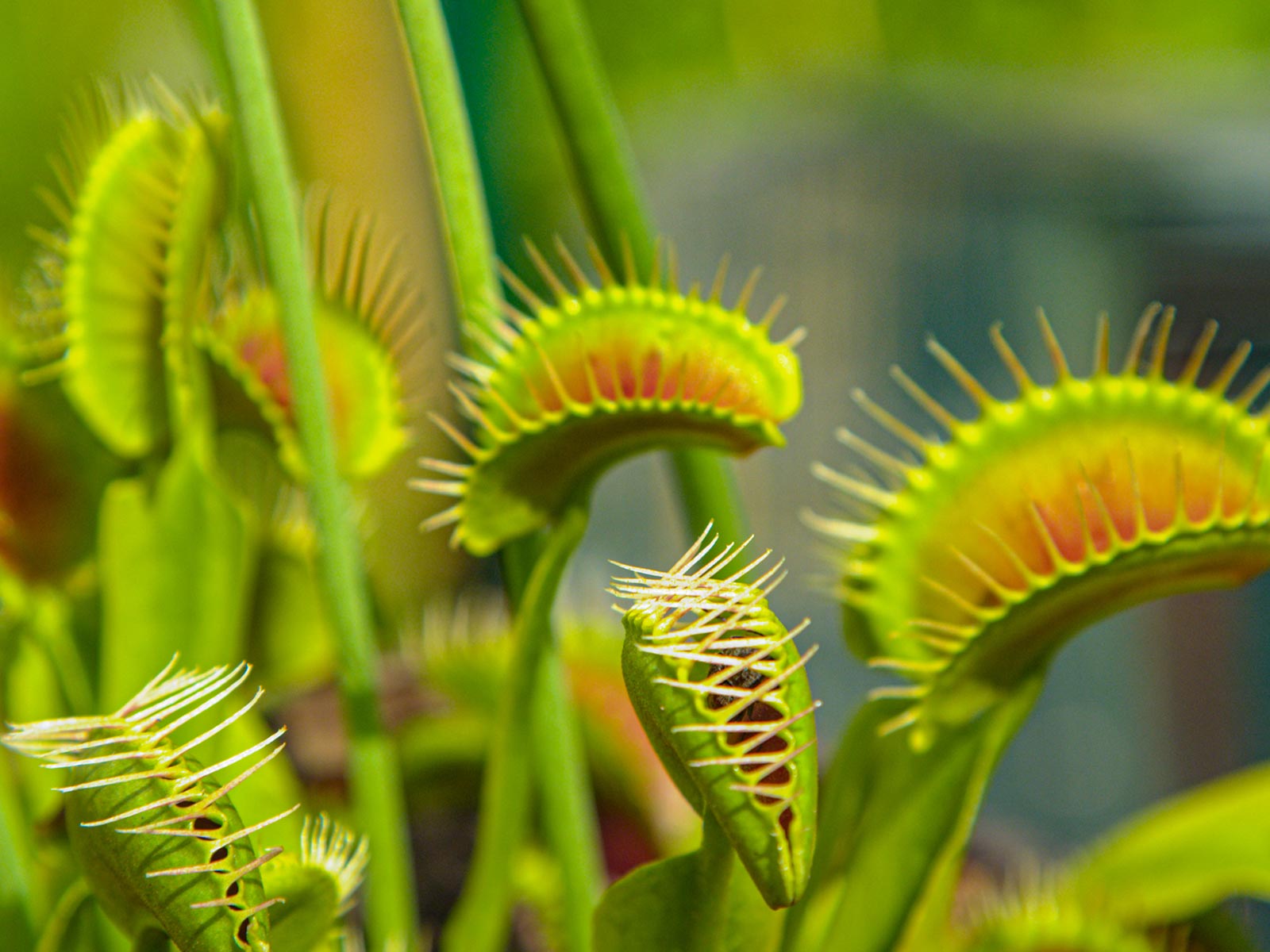Carnivorous plants are fascinating, they are plants that eat insects and other small animals! Carnivorous plants live in all parts of the world, but they are most common in wet, boggy areas where the soil is poor in nutrients. They have evolved to eat insects and other small animals to get the nutrients they need to survive.

There are many different types of carnivorous plants, and they all have different ways of catching their prey. Some carnivorous plants have traps that snap shut on their prey, like the Venus flytrap. Others have sticky tentacles that trap insects, like the sundew. Still others have pitchers filled with liquid that insects fall into and drown, like the pitcher plant.
Once an insect is trapped, the carnivorous plant will digest it and absorb the nutrients. This helps carnivorous plants to survive in poor soil conditions.
Carnivorous plants are not dangerous to humans. They are too small to trap anything larger than a small insect. In fact, carnivorous plants can be quite beneficial to people. They can help to control insect populations, such as mosquitoes and flies.
Here are some fun facts about carnivorous plants:
- The Venus flytrap is the fastest plant in the world. It can snap shut its traps in just milliseconds!
- The pitcher plant can digest insects up to twice its own size!
- The sundew is so sticky that insects can’t escape if they land on it.
- There is a carnivorous plant called the Nepenthes rafflesiana that has pitchers so large that they can trap small animals, such as frogs, rats and bats.
Carnivorous plants are amazing. They are unique, fascinating, and even a little bit spooky. If you have a chance to see a carnivorous plant in person, be sure to check it out!
Visit a botanical garden: Many botanical gardens have collections of carnivorous plants. This is a great opportunity to see these amazing plants up close! Be sure to take a moment to appreciate its amazing adaptations.

